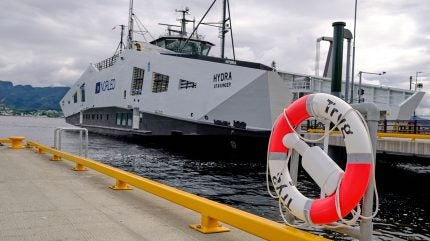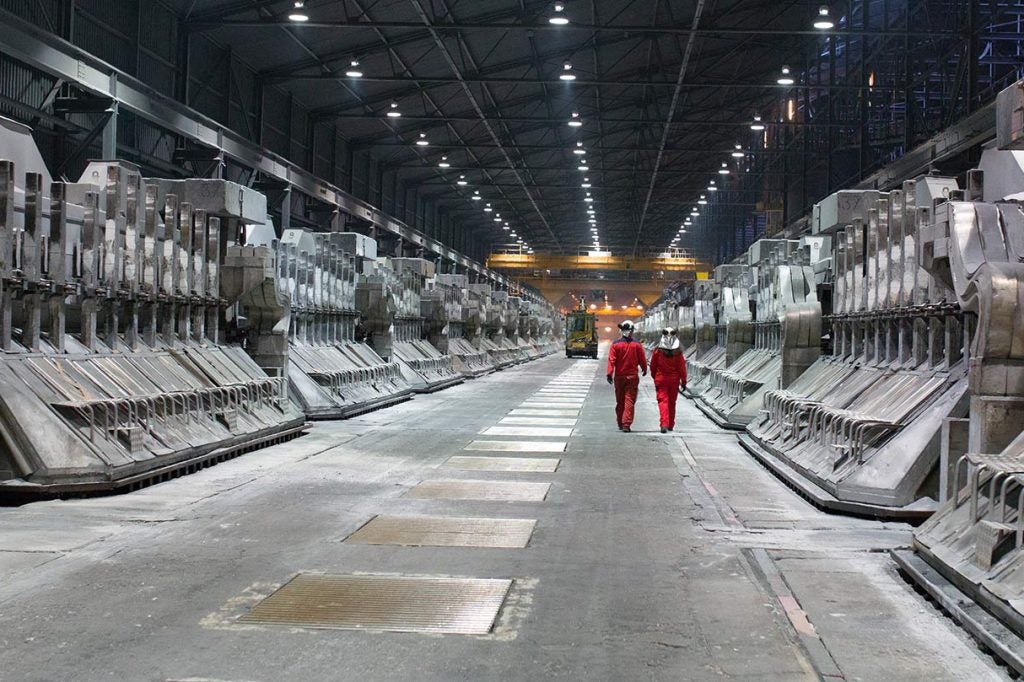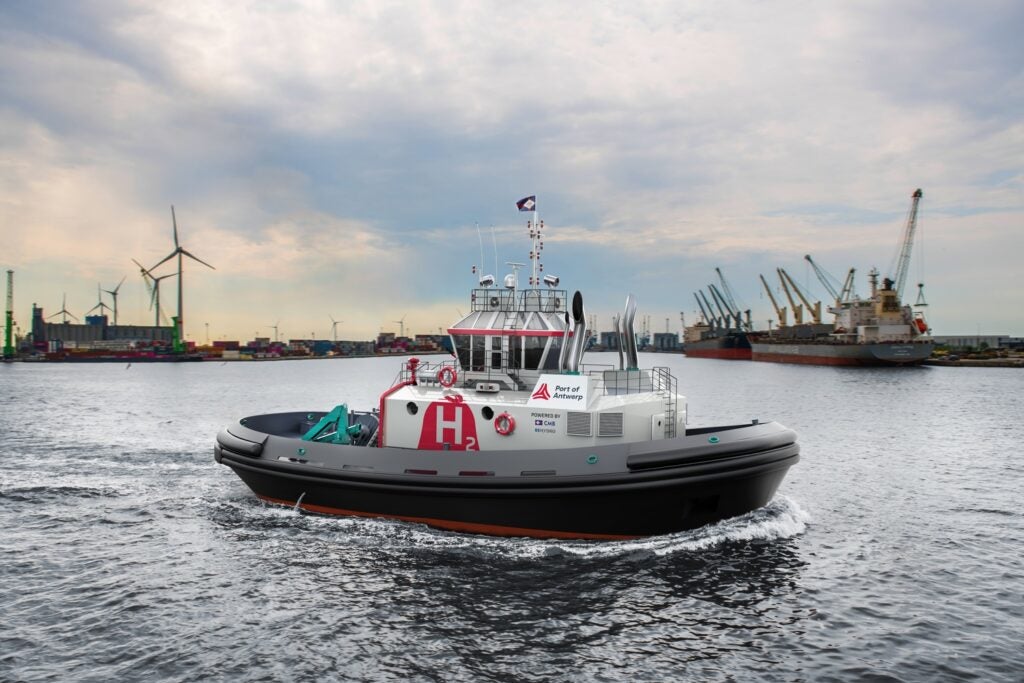
Hydrogen, along with ammonia, has the potential to be the next big future fuel in transport, or so many voices in the maritime sector will tell you. There are similar supporters of other clean fuels, but the European Union’s Green Deal helped ensure the place of hydrogen as a top priority for both the energy sector and the wider transport economy.
Moving from fossil fuels toward clean renewables has been fraught with regulatory and business challenges. But one European region has taken the initiative and is widely seen as a leader in the hydrogen sector: The Nordics.
Why The Nordics?
While it’s much too flippant to say, ‘Well that’s just how they do it in Scandinavia’, there is a viable argument that culture has a large part to play in the direction that the region is pushing its energy policies.
In a 2023 report by the Friedrich Ebert Stiftung (FES) and RIFS Potsdam into hydrogen use in the Nordics, researchers explained that the region had higher energy usage than the EU average simply because it’s colder. Crucially though, the report points out that “at the same time, CO2 emissions per unit of electricity produced are approximately one-fifth of the global average”.
And that was driven by policy, not chance. Each nation set higher targets on renewable energy usage in 2020 than the 20% EU gross aim, and each nation achieved that either on or ahead of schedule.
The FES and RIFS report went as far as to claim the Nordic countries were “decoupling economic growth from greenhouse gas emissions.” While this might not stand up to scrutiny when oil and gas exports are considered, the internal ambition to develop cleaner fuels is clear to see.
A long history of hydrogen
Hydrogen as a fuel has clearly been pushed further by industry and policymakers in the past decade, as the reality of the climate crisis has become more apparent. But its history in the Nordics goes back far further.
“We have a very proud tradition in the region because [Norwegian energy company] Norsk Hydro started producing large-scale, renewable hydrogen almost 100 years ago. That was back in 1927 – and it was not a small scale,” Ingebjørg Telnes Wilhelmsen, the Secretary General of the Norwegian Hydrogen Forum tells Ship Technology.
But public policy and bold tax regimes have pushed the hydrogen power industry into one of Norway’s fastest-growing sectors.

“Norway has been a front runner in terms of taxes and the parliament has agreed that when we reach 2030, the CO2 tax will be NOK2,000 ($190) per tonne,” she continues.
“We have a ban on fossil fuel for heating, for instance, and they are now considering introducing a ban on fossil fuel in heavy industry. So, as a representative from the hydrogen industry, we really welcome a ban. Of course, it’s a very strong regulation to use, but it’s clearly efficient.”
The question for Wilhelmsen and her colleagues in the hydrogen lobby will be how Norway, and the wider region, can use its burgeoning hydrogen industry to clean up another of its historical strengths, the shipping and maritime sector.
The majority of exported hydrogen produced in the Nordics is moved on the road network, but the advanced port and maritime sectors across the region would be “more than adequate for adaptation to maritime-based distribution,” according to the FES and RIFS report.
“Norway is a small country, but we’re a very long country. We have an enormous coastline. We depend on the maritime sector to connect the people and the goods,” as Wilhelmsen puts it.
Energy transition projects
There are 179 hydrogen projects currently underway across the length of Norway and a similar number of production, research, and consumption initiatives are underway across the region.
Sweden may have a smaller production output than its westerly neighbour – 180,000 tonnes per year, compared to Norway’s 220,000 – but a significant industry coalition has backed the hydrogen strategy published by Fossil Free Sweden, a government initiative to involve business in the energy transition.
It recommends “establishing cross-sectoral local and regional hydrogen clusters, or Hydrogen Valleys. They can be established where existing industries use or will use hydrogen and where infrastructure such as ports and railways already exist.”
According to The Hydrogen Map, there are five green or blue hydrogen production projects underway or yet to begin operations in Sweden.
Denmark has a similar number of operational plants, and another four in development, including H2 Energy Europe’s project in Esbjerg which was inaugurated in early 2024.
Finland is slightly behind its neighbours, but its hydrogen sector shows intent, with four new projects set to commence between 2024 and 2028.
Ferries to fishing: hydrogen use cases
The maritime sector is responding to the increase in hydrogen production, along with developments in storage and liquid hydrogen or fuel cell technologies.
“There’s a lot of activity happening. We have now more than 20 hydrogen and ammonia ships that are either waiting to be built or in operation,” Wilhelmsen explains.
The MF Hydra, procured and operated by ferry line Norled, launched in March 2023 as the first liquid hydrogen passenger ferry anywhere on Earth. Another ferry project in Vesrfjorden is under development and is planned to be operational at some point in 2025.

But it’s not only passenger vessels that are hitting the market. Fishing vessels, tugboats, container ships, bulkers, and offshore supply vessels for Scandinavia’s wind and oil industries are also well underway.
Several of these projects are for duel-fuel ships. While technically able to run on hydrogen power, it is still unclear when they actually will. But the global uptake of duel-fuel ships continues to build, and with container line giants like Maersk located in the region, Scandinavian governments and industry will be hoping its position at the front of the hydrogen pack will seamlessly transition into its equally strong shipping industry.
This article was originally published in our digital magazine, Ship Technology Global. You can subscribe to the magazine for free by clicking here.



